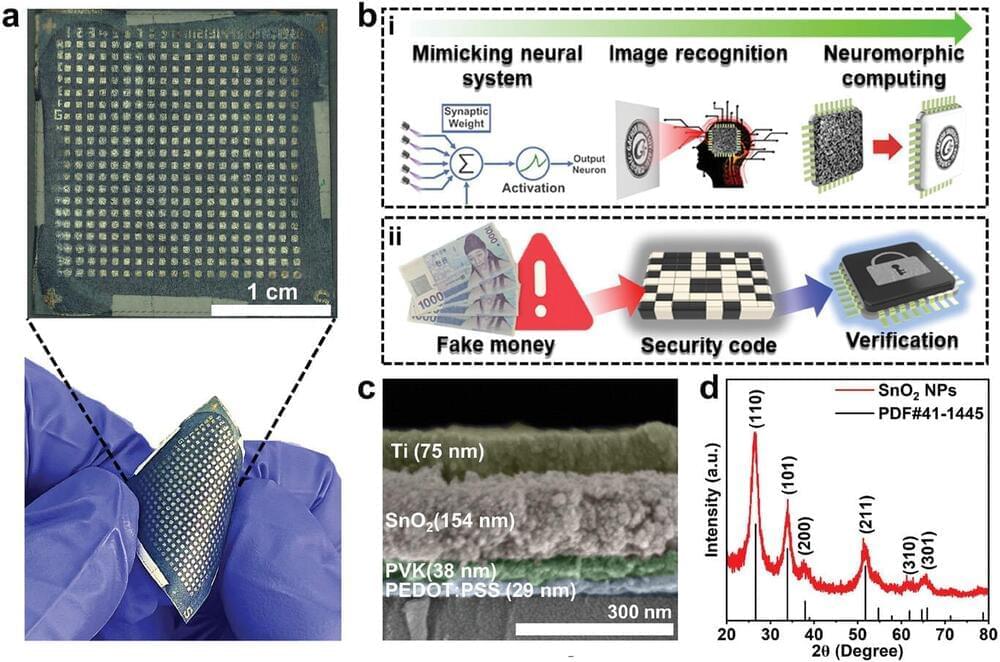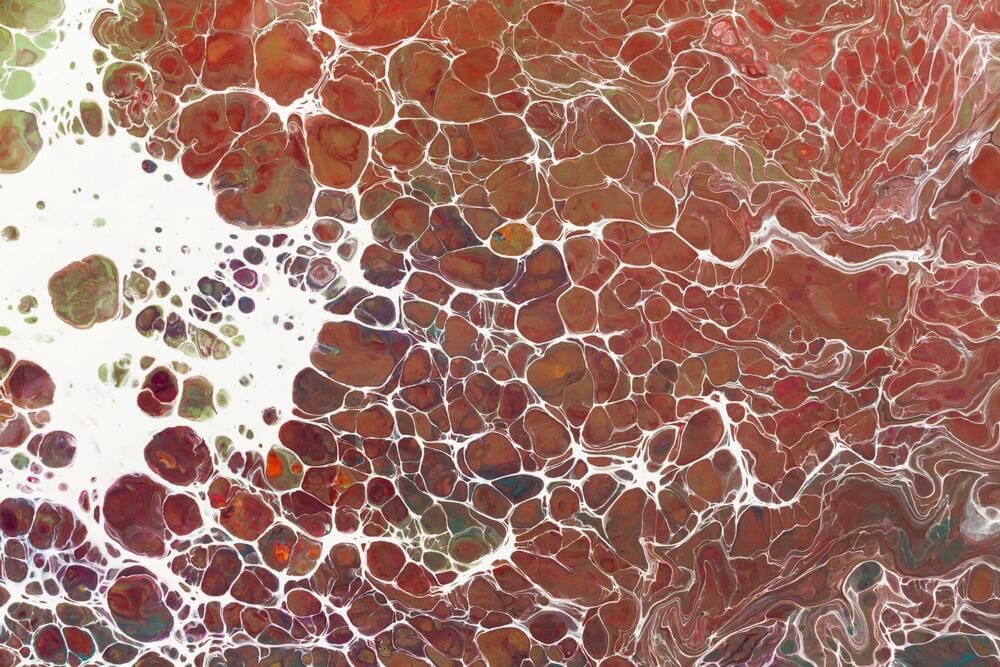What if we tapped into billions of years of evolution to harness a greener future?
Year 2016 face_with_colon_three
Clothing tears could be a thing of the past if a new material capable of “healing” itself after being ripped proves to be commercially viable.
Researchers at Pennsylvania State University created a fabric-coating technology derived from squid ring teeth that allows conventional textiles to self-repair.
“Fashion designers use natural fibers made of proteins like wool or silk that are expensive and they are not self-healing,” said Melik Demirel, a professor of engineering science and mechanics at Penn State. “We were looking for a way to make fabrics self-healing using conventional textiles. So we came up with this coating technology.”
Note that this does not involve Planck mass fermionic black holes!
A population of massive black holes whose origin is one of the biggest mysteries in modern astronomy has been detected by the LIGO and Virgo gravitational wave detectors.
According to one hypothesis, these objects may have formed in the very early Universe and may compose dark matter, a mysterious substance filling the Universe. A team of scientists has announced the results of nearly 20-year-long observations indicating that such massive black holes may comprise at most a few percent of dark matter. Therefore, another explanation is needed for gravitational wave sources.
The results of the study were published in two articles, in Nature and the Astrophysical Journal Supplement Series. The research was conducted by scientists from the OGLE (Optical Gravitational Lensing Experiment) survey from the Astronomical Observatory of the University of Warsaw.
Researchers develop versatile paper-based electronic devices demonstrating both neuromorphic computing capabilities and physically unclonable functions for security applications.
Physicists at TU Graz have determined that certain molecules can be stimulated by pulses of infrared light to generate small magnetic fields. If experimental trials are also successful, this technique could potentially be applied in quantum computer circuits.
When molecules absorb infrared light, they start to vibrate as they receive energy. Andreas Hauser from the Institute of Experimental Physics at Graz University of Technology (TU Graz) used this well-understood process as a basis for exploring whether these vibrations could be harnessed to produce magnetic fields. Since atomic nuclei carry a positive charge, the movement of these charged particles results in the creation of a magnetic field.
Using the example of metal phthalocyanines – ring-shaped, planar dye molecules – Andreas Hauser and his team have now calculated that, due to their high symmetry, these molecules actually generate tiny magnetic fields in the nanometre range when infrared pulses act on them.
The commercialized approach of medicating children with ADHD to conform to societal expectations is problematic, and a holistic approach that addresses family stress and meets a child’s needs is more beneficial.
Questions to inspire discussion.
What is ADHD?
—ADHD is a condition characterized by difficulty paying attention, poor impulse control, and hyperactivity.
Sauna Benefits for Longevity
Posted in life extension
I found the scientific evidence for heat therapy for longevity to be much more convincing than that for cold therapy:
We look at the research around heat therapy, sauna bathing, infrared, and more to see!
My original channel: @NajibElMokhtari To support on Patreon: https://patreon.com/najibmGet your copy of the Universe Calendars 2024 (currently in Moroccan Da…
What You Should Know:
– A glimmer of hope emerged today for rectal cancer patients as a collaborative effort between Case Western Reserve University (CWRU), Cleveland Clinic, and University Hospitals (UH) received a $2.78 million grant over five years from the National Institutes of Health and National Cancer Institute. This grant will fuel research leveraging artificial intelligence (AI) to personalize treatment for rectal cancer patients.
– The new research effort signifies a significant step forward in the fight against rectal cancer. By harnessing the power of AI, researchers are on the path to developing more precise treatment strategies, ultimately improving patient outcomes and quality of life.
Researchers from MIT and the University of Texas have developed a prototype for a handheld, chip-based 3D printer using a photonic chip that emits beams of light to cure resin into solid objects. This innovative technology could revolutionize the production of customized, low-cost objects on-the-go and has potential applications in medical and engineering fields.
Portable 3D Printing Technology
Imagine a portable 3D printer you could hold in the palm of your hand. The tiny device could enable a user to rapidly create customized, low-cost objects on the go, like a fastener to repair a wobbly bicycle wheel or a component for a critical medical operation.









